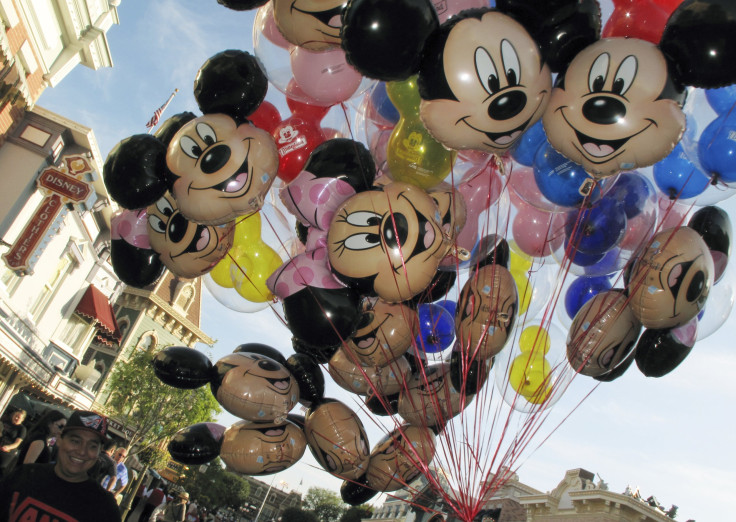Temporary Flight Restrictions Have Been Controversial For Years, And Mickey's Involved

The Associated Press recently reported that a no-fly zone imposed over Ferguson in August was to keep the media out -- a troubling discovery for advocates of press freedom. The area was classified as having a TFR [temporary flight restriction] -- typically imposed by the FAA based on the movement of dignitaries, a security threat or climate hazard.
The TFR over Ferguson isn’t the first to draw controversy and suspicion. After the attacks of Sept. 11, 2001, flight restrictions were instituted over certain targets including “power plants, dams, major league baseball games, NFL and college football games, and auto races sanctioned by NASCAR,” according to a 2003 article in the Los Angeles Times.
There was one set of amusement parks on the list -- Disneyland and Disney World -- and as the vigilance following 9/11 was relaxed, the TFR over Disney was not. In fact, it was reasserted within a 3,000-page spending bill. It extends up to 3,000 feet with a radius of three nautical miles.
The L.A. Times interviewed pilots of banner-towing planes who believed Disney was taking advantage of terrorism fears to nix aerial advertising over the parks -- something they’d been trying to do for years.
Another vocal critic was the Aircraft Owners and Pilots Association (AOPA). AOPA President Phil Boyer penned a letter to FAA Administrator Marion Blakey speculating as to the extension of the “indiscriminate” rule that Boyer called the “Mickey Mouse” restriction:
“Is it due to the long-standing wish of Disney Park officials to eliminate air traffic over their facilities, dating back prior to 9/11/01? Is it because they have employed lobbyists to convince the Federal Aviation Administration to accomplish this, under the guise of security?”
Today, AOPA stands by their opposition to what they see as the over-proliferation of the TFR. In an email to IBTimes, Director of Media Relations Steve Hedges wrote “the current TFR implementation and enforcement process and the sheer number of TFR’s that are being implemented are creating undue hardship and economic burdens on the general aviation community. “
At the time of press, there are 40 active TFR’s in the United States.
© Copyright IBTimes 2024. All rights reserved.





















